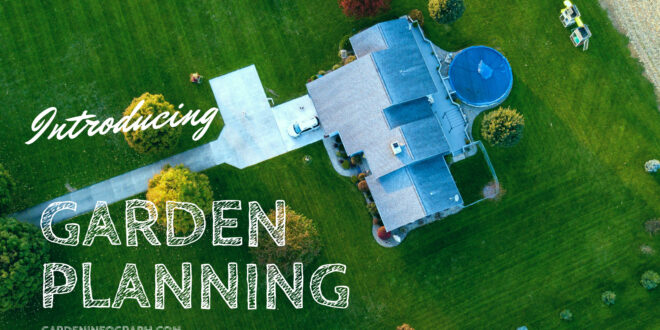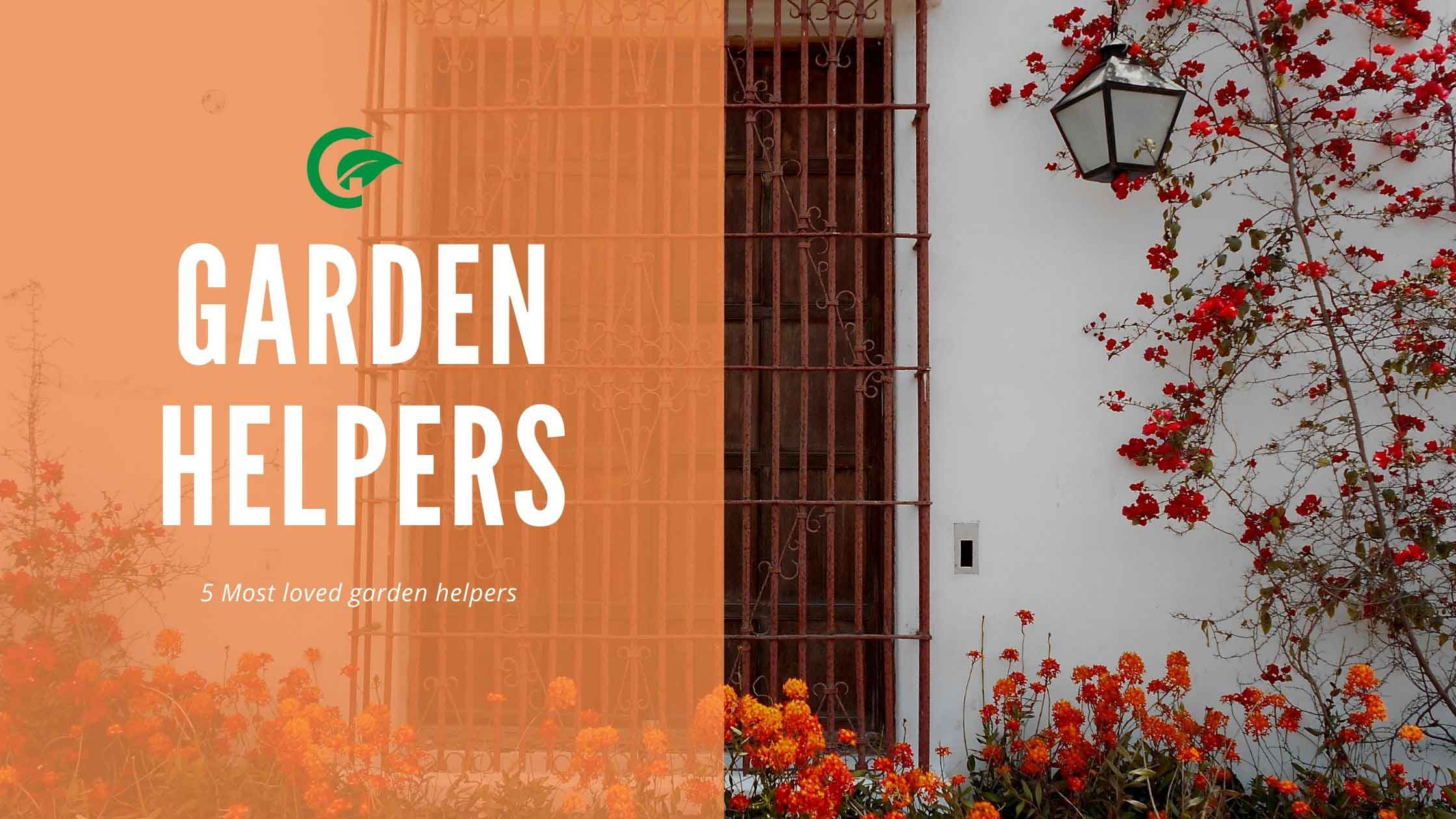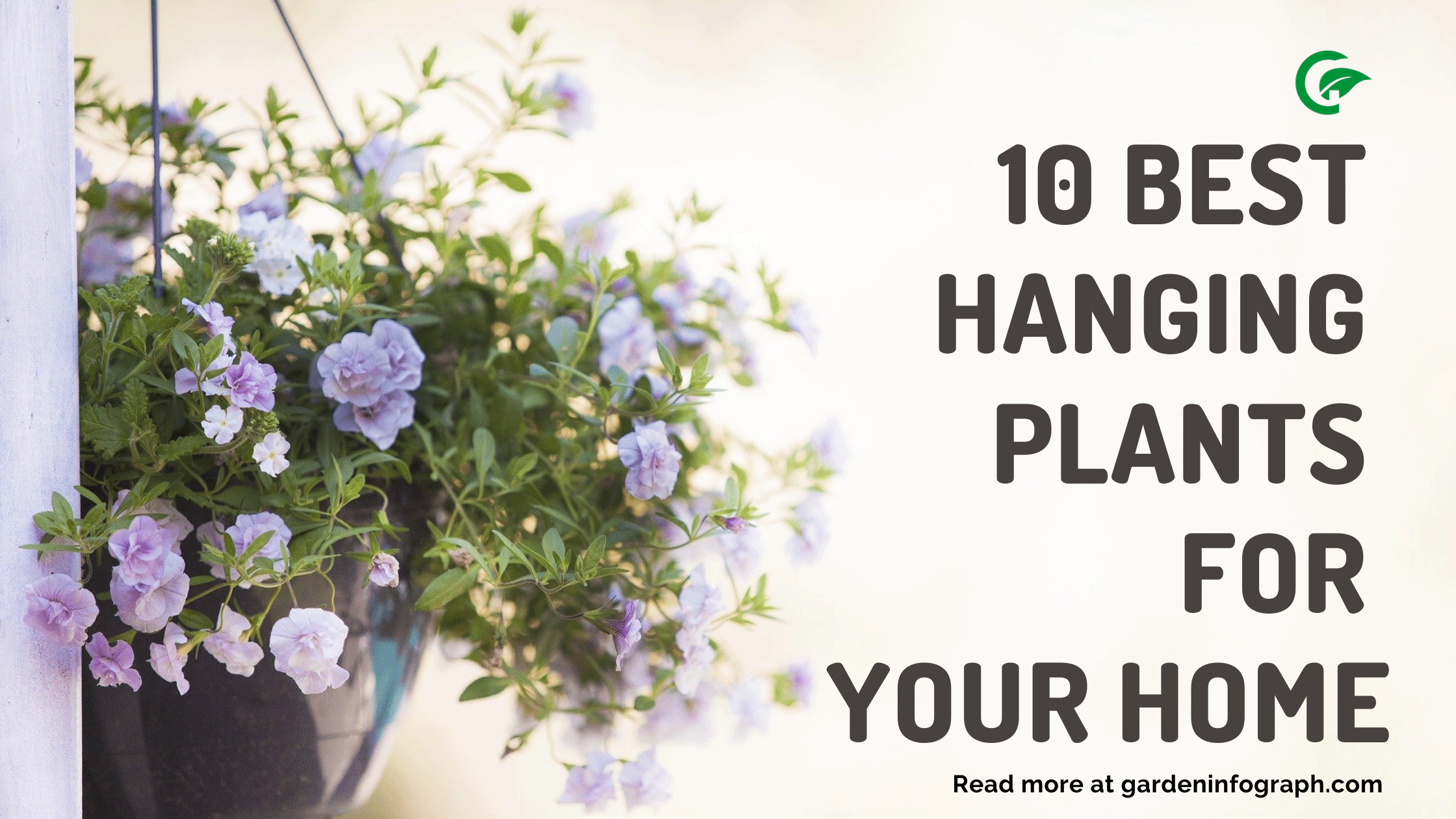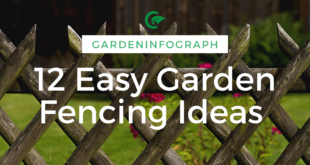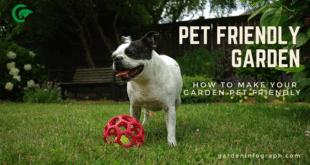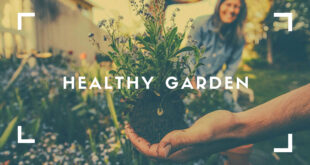Garden Planning
Nowadays Making your garden look beautiful requires a lot of time, money, effort, and Management skills. So, we present a garden planning guide for you to think before starting the donkeywork might come in handy and can help you cut down the chase. Thinking about your yard, front door area, or backyard to look like a picnic spot and provide you years of enjoyment, one needs to find a unified area in how to plan a garden.
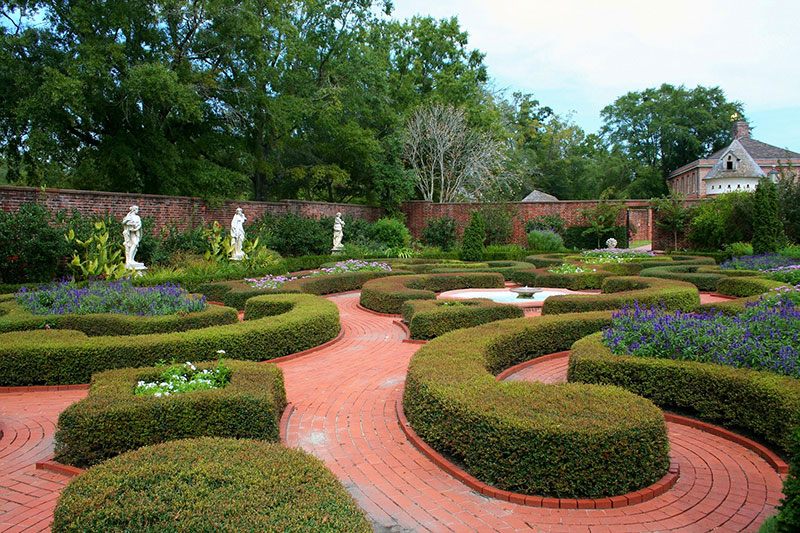
Considering this there are many factors, one need looks for before start planning your garden; Wind, Sunlight, Shade, Rain, Water-Drainage, Access of water, Insects, Area for planting and the balance of plants, flowers vegetables, and lawn, etc. are the main factors and ingredients for your Landscape analysis and an important first step in the garden planning guide.
Garden planning and mapping
The most basic idea when planning your garden is to figure out a list of items you have and what else you need. Starting by making or drawing a rough layout or a map of your yard with existing trees, shrubs, terrain, slopes, and whatever else is out there. The Map can be a rough idea of what you need but details are must, the more accurate it is, the more thorough your garden plan will be.
Make a note on the factors, mentioned above that influence the planting. Locate an area with full sun and partial shade. Plant in such a manner that the access to water is easily reachable, this is an important detail to add to the map. Whether that may be underground sprinklers or a tap.

The elevation is also important. Does the land slope is towards the fencing or the center, matters! Generally, you don’t want the drainage to move away, not towards your home. Keep in mind where the soil quality is good, spots where it is less grainy, and is sheltered from the wind.
Read More: Garden Layout Ideas to Create a Gorgeous Backyard
Make pathways accordingly that’ll lead people from one place to another with interfering. These might be of bricks and stones, or just natural routes or trails that commonly get used. Are there places for kids to play or dog use? Moreover, consider the viewing angels when placing the plant groups and gardens. Where people will stand when they’ll be admiring your work.
Consider what you want in your garden
Now you have mapped everything you have in your yard to the small detail, it’s time to think about what all you need to Map it all into your dream place. There are a lot of ways you can think about your garden planning. You can around your neighborhood look for things you like and you don’t and make a note of them. You can consider garden magazines’ or apps, Google for more ideas. Get out there and go on a field trip to your local garden store. Ask around for the best-suited plants for your area and what all plants are available and would look good in your landscape.
Do have a theme in mind around which you are going to design the garden? Is it a Japanese tea garden, a butterfly garden, an organic vegetable garden, an antique retro style, or just a beautiful landscape to sit and relax? Do you want a lawn to play around for your kids? Something which is low maintenance? Or do you want to host outdoor parties? whatever it maybe thinks about it before you start your garden planning.
Putting together your ideas and plan
Now that you have all the stuff you want and all that you have, map on a piece of paper. It’s time to put the two together.
Think about your garden dream and reevaluate them based on your budget, the types of plants you need to grow in your region. Don’t just think you can grow anything you dream of, like thinking to grow redwood or ferns doesn’t make sense. Giving your garden a total makeover is quite expensive, so going for perennial flower borders. Think for more ideas, surf the web go on garden forums ask a lot of questions about what are the Plants you need, and are more likely to be good for your area.
Consider the placements for pathways. What is going to be more likely to be used, step up wide footpaths and direct. Non-frequent paths can be not that wide and can comfortably meander from destination to destination. Choose a surface-gravel, pavers or bark whatever best suits your outdoor and home, and is affordable.
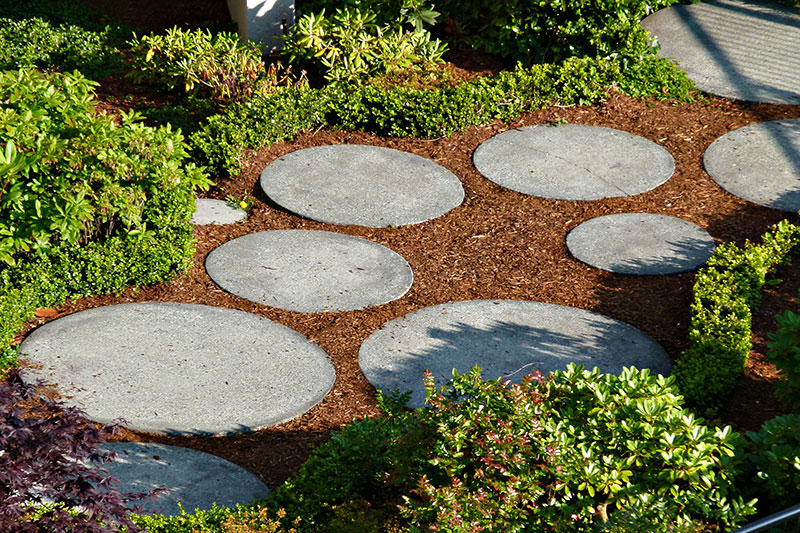
Using your imagination draw out new features that you need to add on like it is a veggie garden instead of lawn? flowerbeds along the edges of a walkway? Maybe even a fountain or a pool in the shade of the tree. Whatever may it be think about what each feature requires for example veggie garden requires a lot of suns, good soil and requires a lot of water so think what will go good with your place of choice?
For privacy, you can have fencing or use shrubs to block the view and maintain your privacy.
Choose your plants wisely
There are several things you must consider before choosing what to plant.
Often things we do in a hurry are not well managed and attractive. The same goes for your garden! Haphazardly planted gardens are often messy and unattractive.
Plan and make a list of fruits and vegetables your family prefers the most and you would like to grow.
Always go for seasonal plants. They are usually easy to maintain and grow. Also, look for plants that are more favorable to grow in your area.
When choosing trees and shrubs, always consider their height, width at maturity. A fully grown tree takes much more space than a sapling. They can damage the house and sidewalks if planted too closely. Moreover, they can shade out your other plants, so carefully decide the size and location suitable for your garden.
Go for flowering trees, choose native varieties that bloom colorful, pretty flowers in spring or summer. Native plants can be an environmentally sensitive and cost-effective way to landscape your garden.
Plants care
The easiest way to keep your garden healthy and disease-free is to avoid introducing it in the first place. So it’s better, one should know what a healthy plant looks like?
Check for dead spots, fungus, rotted stems, or insects. Also, one should always inspect the root quality. Don’t be afraid just gently take the plant out of the pot and observe the roots. Generally, white and fine spaced roots are healthier than Dark and mushy ones.
Disease resistance varieties of the plant are those which are prone to some of the disease and may not succumb to them. For instance, are “VFN resistance”, which means the tomato variety is resistant to diseases like fusarium and fungi verticillium.
You should start looking for these codes/instructions on packets of seed in which variety is resistant to the most common pests or diseases.
Further, this is very useful for gardeners who want to avoid diseased plants and save their garden from being devastated.
Here at garden infograph we try to bring in front of you many relatable topics like health benefits, garden care and many more that are can add up to a healthy diet in your homes to keep your family and friends healthy. Some topics that we have covered are health benefits of avocado, powerful Ayurvedic herbs for your health, foods to hydrate your body, air purifying plants, garden care, design your own landscape and you will find many more
Pin
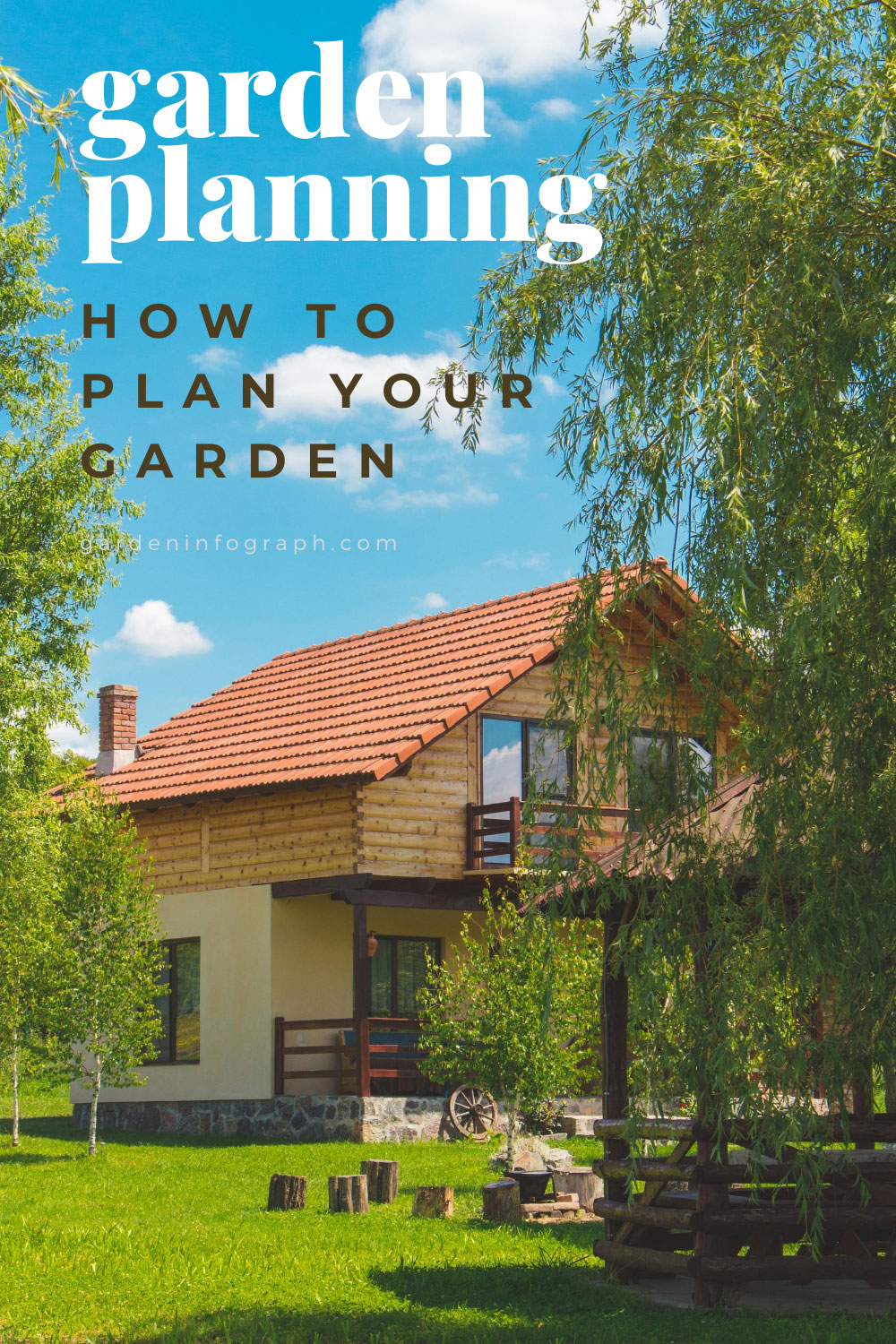
 Garden infograph We provide our best experinces about plants
Garden infograph We provide our best experinces about plants
